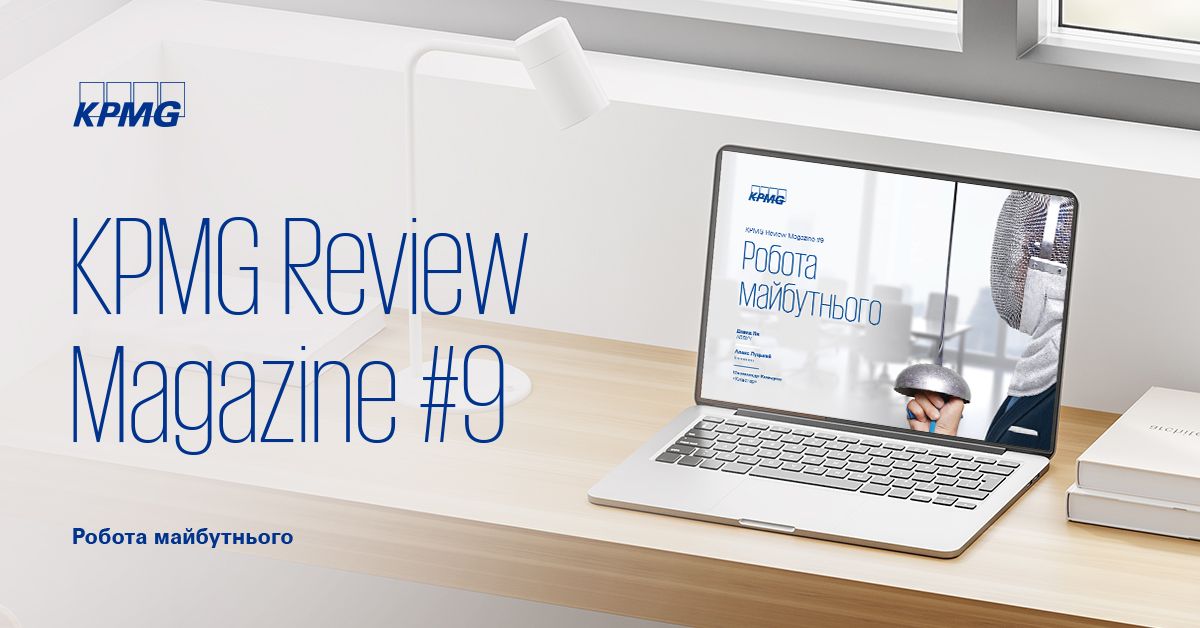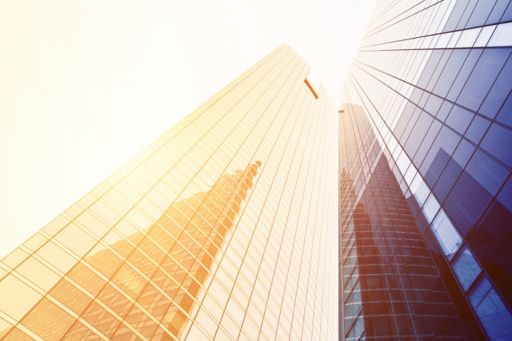Adaptation to the pandemic has pushed companies into large-scale changes in their business processes. Remote work, restrictions on visiting offices, and the digitalisation of social ties with colleagues has led employers to pay more attention to analysing the emotional health and wellbeing of their employees. We spoke to David Yang, founder of ABBYY group, about the growing popularity of employee experience technologies, using neural networks to recognize the signs of professional burnout in employees, and the impact of biochemistry on team motivation.
Customers and employees are the core assets of any business entity. Previously, a business lived by the ‘customer above all’ principle but the transition to remote work has led to companies increasingly focusing on the efficiency and wellbeing of employees. Do you think the balance of power between these assets has changed during the pandemic?
Customer relations and customer experience technologies are a very important area, so any company that respects its customers pays considerable attention to it. But in the modern world, employee experience and employee listening has become an equally important practice. An organisation's employees are its main asset, and understanding wellbeing, engagement, and stress issues is fundamental to achieving success.
Moreover, it is not enough to interview staff once a year in the pandemic time. We need technologies that allow us to detect or even predict problems in real time. For this purpose, solutions based on artificial intelligence are used that combine 'active' and 'passive' analytics. Active analytics are smart, pulse-taking surveys of employees, while passive analytics involve looking at their cooperation in corporate systems (with the permission of the employee), the frequency of their interaction with customers, their tone, semantics, and the dynamics of their output over different time periods.
Download the ninth issue of KPMG Review Magazine "The future of work" (PDF 6 MB, pages 4-9) >>







